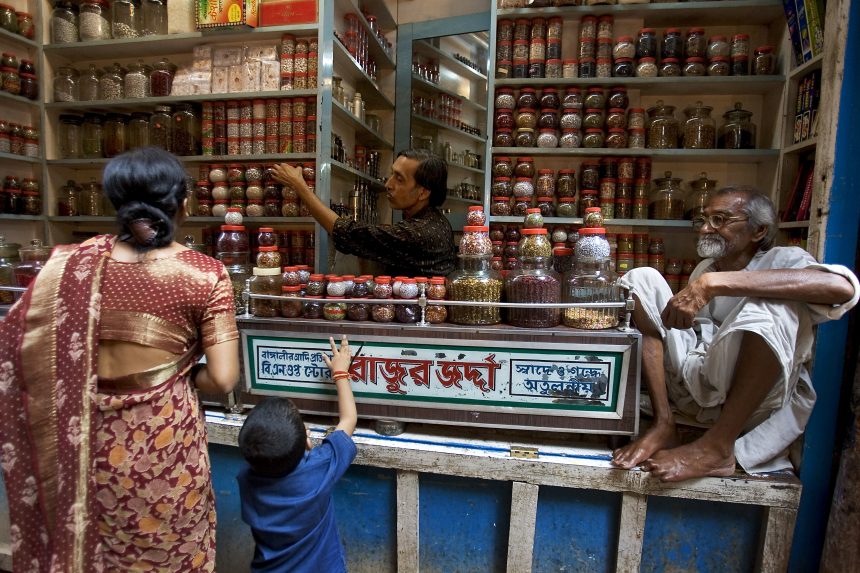Shielding the Economy: Tax Cuts in the Face of Trade Shock
In response to the U.S. levying steep reciprocal tariffs of up to 50% on Indian goods, the Indian government is rolling out sweeping tax reforms to soften the economic impact on its citizens. Finance Minister Nirmala Sitharaman announced the overhaul of the Goods and Services Tax (GST), consolidating four tiers (5%, 12%, 18%, 28%) into just two simpler rates: 5% and 18%. Most consumer essentials—including air conditioners, tea, and school supplies—will now attract lower duties. The changes take effect on September 22, coinciding with a major festival as the country gears up for Diwali.
Targeted Relief for Households
This strategic lowering of GST targets everyday items:
- Air conditioners become noticeably more affordable during late-summer demand.
- Tea, a staple in millions of Indian households, sees trimmed prices.
- School supplies, essential for families preparing for a new academic year, are now more budget-friendly.
These measures are intended to sustain domestic consumption, especially as exports face headwinds from U.S. tariffs affecting around $48 billion in shipments.
Broader Strategy: Beyond Tax Relief
The GST reform is just one prong of India’s defense strategy:
- Officials, including Economic Affairs Secretary Anuradha Thakur, confirmed comprehensive plans are underway to tackle tariff challenges head-on.
- Additionally, India is pivoting toward diversifying its trade reach—entering stronger negotiations with the European Union, expanding ties across Africa, Latin America, and Southeast Asia, and exploring favourable financing options for exporters.










